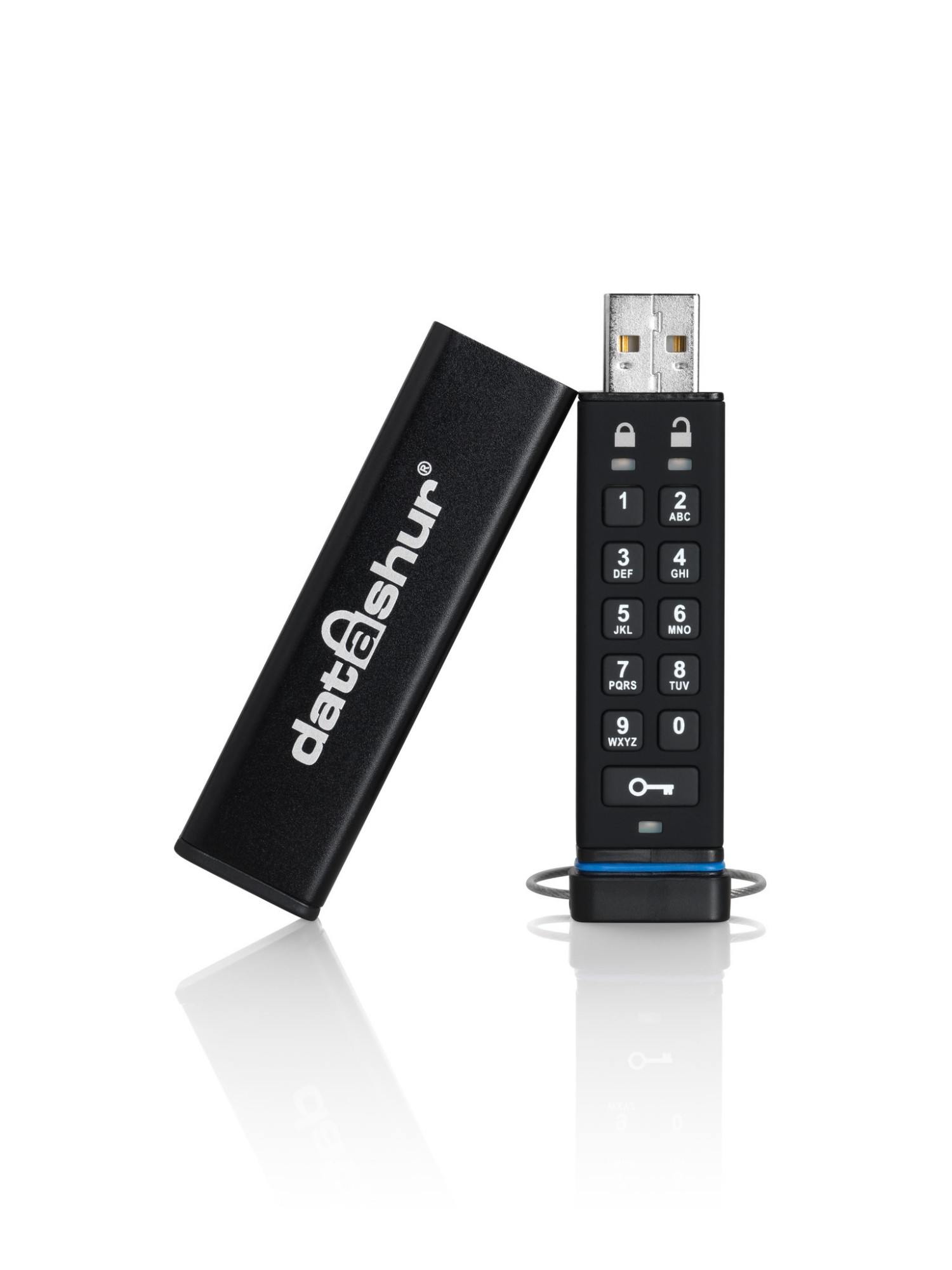

To format the partition, type format fs=ntfs quick, and then click ENTER. To select the partition that you just created, type select partition 1, and then click ENTER. To create a new primary partition on the USB flash drive, type create partition primary, and then click ENTER. This command deletes all data from the USB flash drive. Note the drive number or drive letter of the USB flash drive.Īt the command prompt, type select disk, where X is the drive number or drive letter of the USB flash drive, and then click ENTER. This SanDisk USB 3.0 flash drive is USB 2.0 and USB 3.0 compatible for flexibility and can be used with most PCs or Mac. The 512GB capacity lets you move and store large files, while read speeds of up to 130MB/sec. The list disk command displays all the disks on the computer. Copy data or music quickly with this SanDisk SDCZ48-512G-A46 USB 3.0 flash drive. In the new command line window that opens, to determine the USB flash drive number or drive letter, at the command prompt, type list disk, and then click ENTER. Open a Command Prompt window as an administrator. Insert a USB flash drive into a running computer. Restore or repair your server running Windows Server Essentials Reinsert your USB drive and see if youre able to format it. Slide it off if your USB drive has one too. Restore a full system from an existing client computer backup Many USB flash drives have a switch, usually at the sides, by which you can turn on/off the write protection from the outside.

These SanDisk 64GB Ultra 3.0 USB flash drives back up. To create a bootable USB flash drive for use in recovering or reinstalling Windows on a PC instead of a server, see Create a recovery drive.įor additional scenarios in which you may want to create or use a bootable USB flash drive, see the following topics: SanDisk Ultra USB flash drives provide safe, password-protected storage for important computer files.


 0 kommentar(er)
0 kommentar(er)
